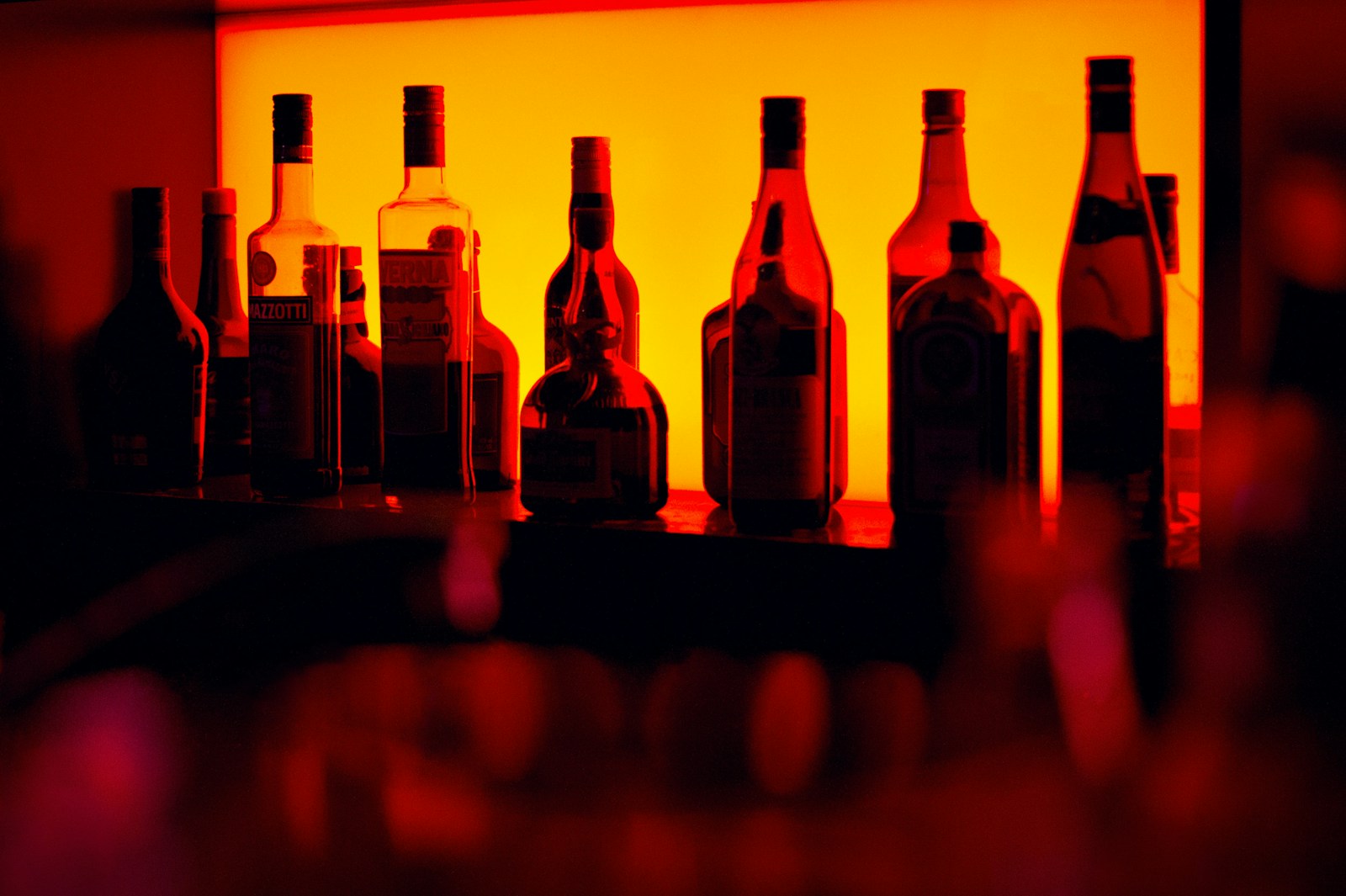Understanding the Food Safety and Standards (Alcoholic Beverages) First Amendment Regulations, 2025

The Food Safety and Standards Authority of India (FSSAI) has recently issued the Food Safety and Standards (Alcoholic Beverages) First Amendment Regulations, 2025, aimed at updating and clarifying the standards and definitions related to alcoholic beverages under the Food Safety and Standards Act, 2006. These regulations, set to come into force on January 1, 2026, represent a significant step towards ensuring food safety and providing clearer guidelines for the industry.
Background
The Food Safety and Standards Act, 2006, is a comprehensive legislation designed to regulate and oversee food safety and standards in India. Section 92 of the Act empowers the FSSAI to make regulations for implementing the provisions of the Act, ensuring food safety, and setting standards for food products. The new regulations were published in the Gazette of India on June 20, 2025, following a public consultation process that invited objections and suggestions from stakeholders.
Key Definitions and Amendments
The new regulations introduce several key definitions and amendments to existing definitions to provide clarity and consistency in the classification of alcoholic beverages. One of the most notable additions is the definition of “alcoholic ready-to-drink beverages,” which are flavoured beverages with an alcohol content of more than 0.5% and up to 15.0% by volume. These beverages can be made from spirit or any alcoholic beverage as a base, with added natural or artificial Flavors, food additives, fruit or vegetable juices, herbs, spices, sugar, caloric sweeteners, salt, and carbonation.
Existing definitions have also been updated. For instance, the definition of “alcoholic beverage” now includes beverages with an alcohol content between 0.5% and 15.0% by volume, conforming to the new definition of alcoholic ready-to-drink beverages. This change ensures that a broader range of flavoured alcoholic drinks are covered under the regulations.
Changes in Part 2: Country Liquors and Indian Liquors
The regulations also introduce specific provisions for country liquors and Indian liquors. “Plain country liquor” or “plain Indian liquor” is defined as alcoholic distillates obtained from fermented molasses, jaggery, cereals, potato, cassava, fruits, coconut and palm tree sap, mahua flowers, or other agricultural carbohydrates. “Blended country liquor” or “blended Indian liquor” is defined as a blend of alcoholic distillates, rectified spirit, or neutral spirit. These definitions aim to standardize the production and classification of these beverages.
Changes in Part 3: Fruit Wine and Honey Wine
The regulations include specific provisions for fruit wine and honey wine. “Fruit wine (other than grape wine)” and “honey wine” are defined as wines produced from the fermentation of fruit or honey without the addition of other carbohydrate sources. These beverages may contain herbs, spices, or natural flavourings. This clarification ensures that these niche products are also regulated under the Act.
Changes in Part 4: Nitro Craft Beer
The regulations introduce a new category of “nitro craft beer,” defined as craft beer containing a mixture of CO2 and N2 gas. This addition reflects the growing trend of innovative brewing techniques and ensures that these products are also subject to food safety standards.
Conclusion
The introduction of the Food Safety and Standards (Alcoholic Beverages) First Amendment Regulations, 2025, marks a significant step towards enhancing food safety and providing clearer guidelines for the industry. By updating and clarifying definitions and standards, the FSSAI aims to ensure that all alcoholic beverages meet the highest standards of safety and quality. These changes reflect the authority’s commitment to staying abreast of evolving industry practices and consumer demands, ultimately safeguarding public health and promoting innovation in the food and beverage sector.
For further details write to contact@indialaw.in
By entering the email address you agree to our Privacy Policy.



